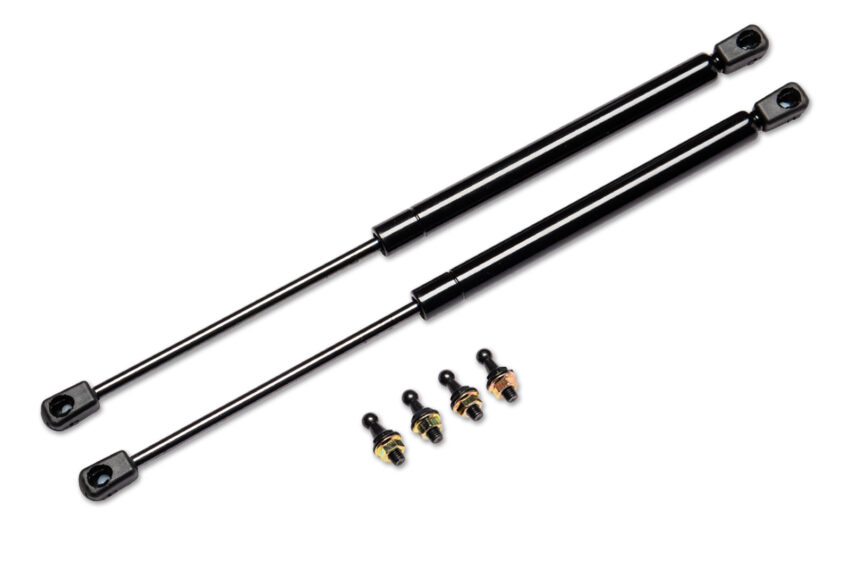Replacing heavy duty gas struts is essential for maintaining the functionality and safety of various applications, from automotive hatches to industrial machinery. Accurate measurement is crucial to ensure the new strut fits perfectly and performs optimally. Using the wrong size or type can result in poor operation or potential safety issues. Schutts Industrial provides a range of gas struts designed for durability and reliability. This guide outlines the steps to measure your existing gas strut for a precise replacement, helping you achieve smooth and controlled movement.
1. Understand the Key Measurements
Before measuring, familiarize yourself with the key specifications of a gas strut:
- Extended Length: The full length of the strut when it is fully extended.
- Compressed Length: The shortest length of the strut when fully compressed.
- Stroke Length: The difference between the extended and compressed lengths.
- Force Rating: The amount of force the gas strut can exert, typically measured in Newtons (N).
- End Fittings: The type of connectors at each end of the strut, which can vary depending on the application.
Understanding these measurements is vital for selecting a replacement that matches your specific needs.
2. Measure the Extended Length
To determine the extended length:
- Ensure the gas strut is fully extended.
- Measure from the center of one mounting point (usually a ball socket) to the center of the opposite mounting point.
- This measurement dictates the maximum reach of the strut and ensures it can open the lid or panel fully.
3. Measure the Compressed Length
For the compressed length:
- Compress the gas strut fully.
- Measure from the center of one mounting point to the center of the opposite mounting point.
- This ensures the strut can retract completely without obstruction and fits properly within the designated space.
4. Determine the Stroke Length
The stroke length is the difference between the extended and compressed lengths:
- Stroke Length = Extended Length – Compressed Length
- This measurement indicates the effective range of motion the strut provides. Accurate stroke length ensures smooth operation without overextension.
5. Check the Force Rating
The force rating indicates the lifting capacity of the strut:
- Common force ratings range from 50N to 1200N.
- Ensure the replacement strut has a force rating that matches or slightly exceeds the original for consistent performance.
- Selecting the correct force rating is critical to prevent sagging or difficulty in operation.
6. Identify the End Fittings
End fittings are crucial for compatibility:
- Identify the type of end fittings (e.g., ball sockets, eyelets).
- Measure the diameter and thread size if applicable.
- Ensure the replacement heavy duty gas struts have matching fittings for secure installation.
7. Consider Mounting Angles and Hinge Offset
For applications like vehicle hatches:
- Measure the mounting angles of both the cylinder and piston ends relative to the panel and chassis.
- Note the hinge offset distance.
- These measurements ensure smooth operation and prevent binding or damage during movement.
Conclusion
Accurate measurement is essential when replacing heavy duty gas struts to ensure compatibility and optimal performance. By following these steps, you can confidently select a replacement strut that meets your needs. Schutts Industrial offers a wide range of gas struts with varying lengths, force ratings, and end fittings to suit different applications. For assistance in choosing the right replacement strut, consult Schutts Industrial or refer to their product catalog for detailed specifications. Taking a moment to double-check your measurements can save time and prevent installation issues. Choosing replacement heavy duty gas struts from Schutts Industrial ensures reliable performance, smooth operation, and long-lasting durability.

